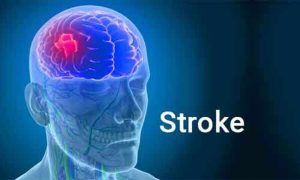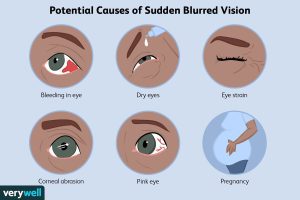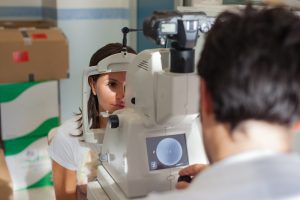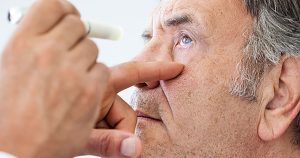Understanding Sudden Vision Loss
Experiencing sudden vision loss can be incredibly distressing. It’s an abrupt occurrence that often catches individuals off guard, leaving them feeling disoriented and concerned about their well-being. This sudden loss of vision can occur for various reasons, one of which is linked to stroke.
What is a Stroke?
A stroke, medically known as a cerebrovascular accident (CVA), happens when the blood supply to the brain is either blocked or reduced, leading to a lack of oxygen and nutrients to brain tissue. This interruption in blood flow can occur due to a blockage in the blood vessels supplying the brain (ischemic stroke) or the rupture of a blood vessel causing bleeding into the brain (hemorrhagic stroke). When a stroke affects the area of the brain responsible for vision processing, it can result in sudden vision loss or other visual disturbances.

Recognizing the Symptoms
Symptoms of sudden vision loss due to a stroke can manifest in various ways:
- Blurred Vision: Objects may appear fuzzy or out of focus, making it difficult to see clearly.
- Visual Field Defects: Individuals may experience a loss of vision in one or both eyes, characterized by blind spots or the inability to see objects in specific areas of their visual field.
- Double Vision: Seeing two images of a single object, known as diplopia, can occur when the nerves controlling eye movement are affected by a stroke.
- Visual Distortions: Vision may become distorted, causing straight lines to appear wavy or objects to appear smaller or larger than their actual size.

Seeking Immediate Medical Attention
Recognizing the signs of a stroke-related vision loss is crucial as timely intervention can significantly impact the outcome. If you or someone you know experiences sudden vision loss or any of the aforementioned symptoms, it’s imperative to seek immediate medical attention. Time is of the essence when dealing with a stroke, as prompt treatment can help minimize brain damage and improve recovery prospects.
Upon arrival at the hospital, healthcare professionals will conduct a comprehensive evaluation to determine the cause of the vision loss and assess the extent of brain damage. This evaluation may include a physical examination, imaging tests such as MRI or CT scans, and blood tests to evaluate blood clotting and other factors contributing to stroke risk.
Eric D. Donnenfeld, MD, an esteemed authority in the field of ophthalmology, emphasizes the critical importance of seeking prompt medical attention for sudden vision loss, as it could be indicative of a serious underlying condition such as stroke. Explore More About Different Health Conditions Such as: (Popcorn Lungs And Its Risk Factors)

Treatment and Rehabilitation
The treatment approach for stroke-related vision loss depends on various factors, including the underlying cause and the severity of the condition. Treatment modalities may include:
- Medication: Certain medications, such as blood thinners, may be prescribed to prevent further clotting and improve blood flow to the brain.
- Surgery: In some cases, surgical intervention may be necessary to repair damaged blood vessels or alleviate pressure on the brain caused by bleeding.
- Rehabilitation: Rehabilitative therapies, including vision therapy and occupational therapy, may be recommended to help individuals regain lost function and improve their overall quality of life.

Prevention Strategies
While not all strokes can be prevented, there are steps individuals can take to reduce their risk:
- Healthy Lifestyle: Adopting a healthy lifestyle, which includes maintaining a balanced diet, engaging in regular exercise, and avoiding tobacco and excessive alcohol consumption, can help lower the risk of stroke.
- Manage Health Conditions: Keeping chronic health conditions such as high blood pressure, diabetes, and high cholesterol under control through medication, lifestyle modifications, and regular medical check-ups can significantly reduce stroke risk.
- Medication Management: It’s essential to be mindful of medications that may increase the risk of blood clots or stroke and to use them under the guidance of a healthcare professional.
- Awareness: Educating oneself about the warning signs of stroke and taking prompt action in the event of symptoms can make a significant difference in outcomes and reduce the risk of long-term disability.
Conclusion
In conclusion, sudden vision loss can serve as a warning sign of a potentially life-threatening condition such as stroke. Understanding the symptoms, seeking prompt medical attention, and adopting preventive strategies are crucial steps in managing stroke-related vision loss and reducing the risk of future incidents. By prioritizing eye health and overall well-being, individuals can take proactive measures to safeguard their vision and overall health.
Remember, if you experience sudden vision loss or notice any concerning symptoms, don’t delay—seek medical help immediately.












